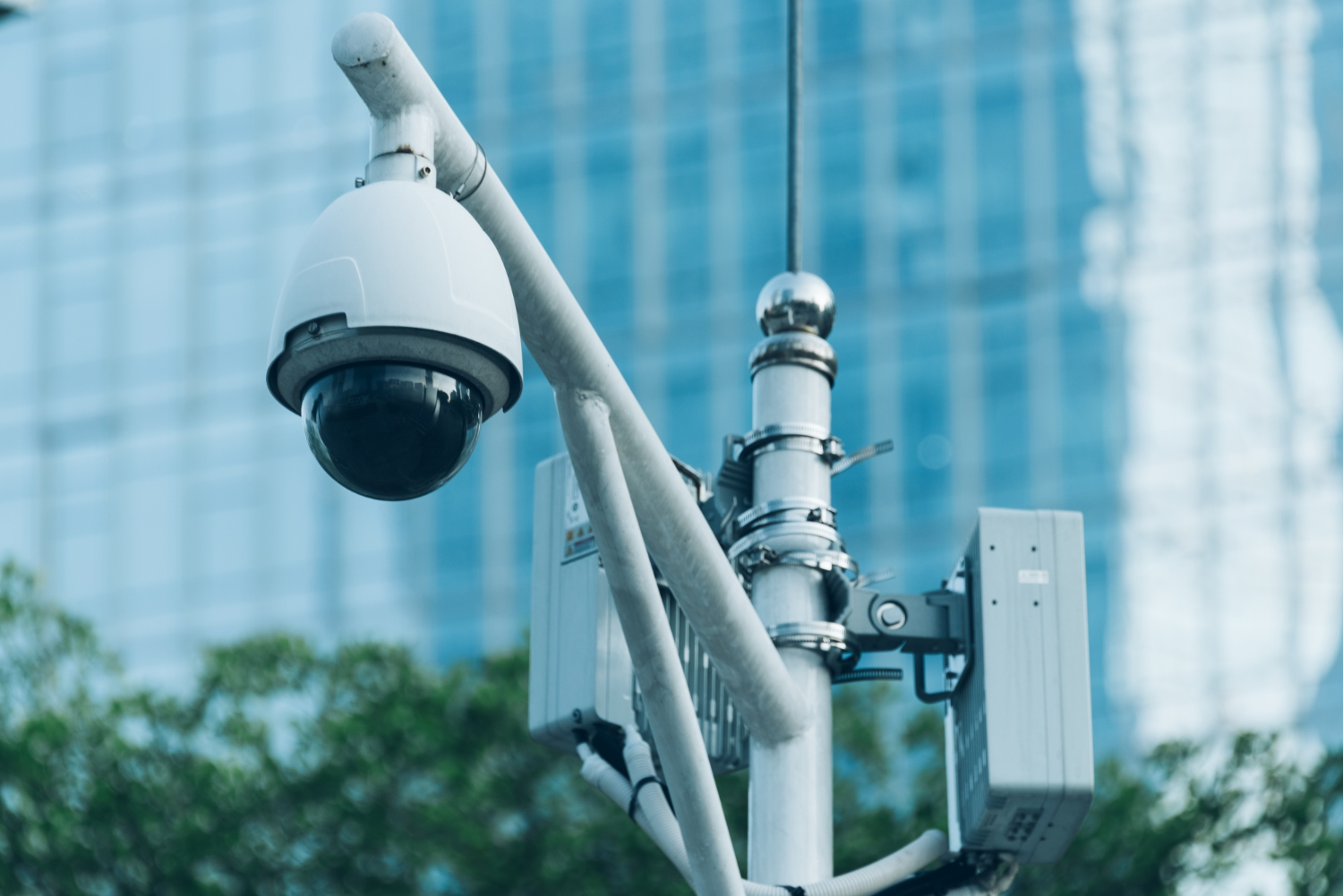info@sadi.co.ke
+254727368241
Introduction:
In an increasingly interconnected and digital world, security has become a paramount concern for individuals, businesses, and governments alike. Closed-circuit television (CCTV) and video surveillance systems have emerged as powerful tools in safeguarding people, property, and assets. In this article, we'll explore the world of CCTV and video surveillance, highlighting their importance, applications, and the role they play in enhancing security.
1. Surveillance for Crime Deterrence:
One of the primary objectives of CCTV and video surveillance is to deter criminal activities. The presence of cameras in public spaces, retail stores, and residential areas serves as a visible reminder that unlawful actions can be captured and investigated. This deterrent effect can significantly reduce crime rates.
2. Enhanced Security in Public Spaces:
Public areas such as parks, streets, and transportation hubs are often equipped with surveillance cameras to ensure the safety of citizens and visitors. In the event of an incident, law enforcement can review footage to investigate and address the situation promptly.
3. Retail and Business Security:
Businesses, particularly retail stores, heavily rely on video surveillance to protect their premises from theft and vandalism. Surveillance systems can help identify shoplifters and monitor employee activities to prevent internal theft.
4. Access Control and Verification:
CCTV and video surveillance are also vital components of access control systems. These systems can include facial recognition technology, license plate recognition, and key card access, ensuring that only authorized individuals can enter secure areas.
5. Remote Monitoring and Response:
Modern surveillance systems can be monitored remotely, allowing for immediate responses to security breaches. Remote monitoring services can notify security personnel or authorities when suspicious activities are detected.
6. Traffic and Transportation Management:
Surveillance cameras are employed for traffic management and monitoring. They help in regulating traffic flow, identifying traffic violations, and enhancing road safety.
7. Incident Investigation and Evidence:
In the unfortunate event of a crime, accident, or dispute, video footage serves as invaluable evidence for investigations, legal proceedings, and insurance claims. High-resolution cameras can capture details critical to resolving such situations.
8. Privacy and Ethical Considerations:
The use of surveillance technology raises concerns about privacy and ethics. Striking a balance between security and personal privacy is an ongoing challenge. Legislation and regulations are continually evolving to address these concerns.
9. Technological Advancements:
Advances in technology have brought about higher-resolution cameras, improved night vision, and sophisticated analytics capabilities. AI-driven software can detect anomalies and notify security personnel automatically.
10. Cloud-Based Solutions:
Cloud-based video surveillance is becoming increasingly popular due to its flexibility and scalability. Users can access footage remotely, and data storage is secure and easily expandable.
11. Future Trends:
The future of video surveillance is likely to see the continued integration of AI and machine learning for predictive analytics. Furthermore, privacy protection measures and the responsible use of surveillance technology will be at the forefront of discussions.
Conclusion
CCTV and video surveillance systems are crucial tools in today's security landscape. While they offer unparalleled benefits in terms of deterrence, incident investigation, and safety enhancement, it's essential to use this technology responsibly and ethically. Striking a balance between security and privacy is key to ensuring a safe and respectful environment for everyone.
 October 26, 2023 - BY Admin
October 26, 2023 - BY Admin